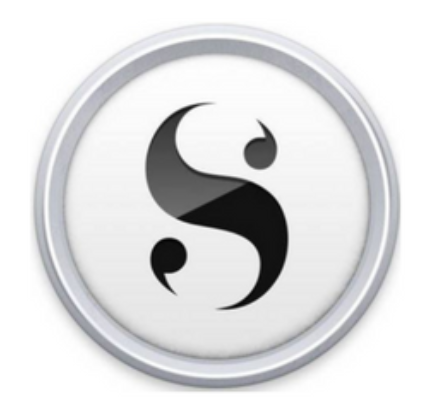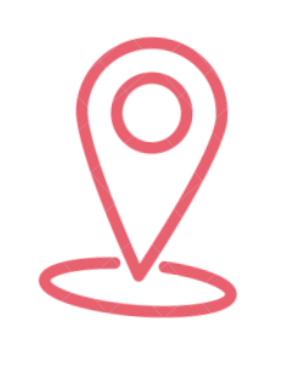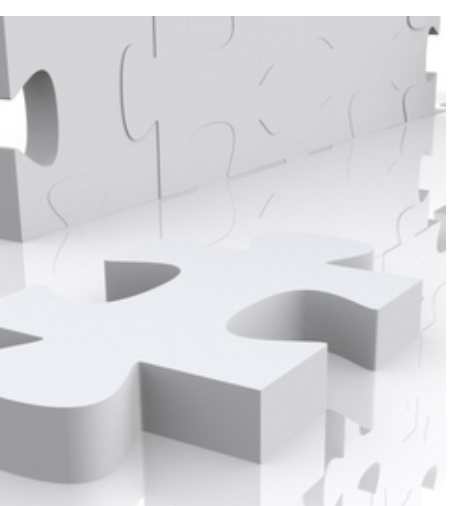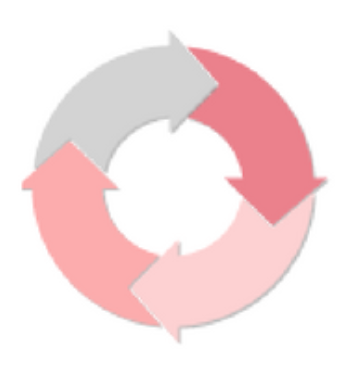Scrivener 3’s Interactive Tutorial
Literature & Latte's Interactive Tutorial walks you through Literature & Latte are keen for users of Scrivener to get the best from their software. It is a sophisticated tool with hundreds of features, and learning how to use just the features you need may seem daunting. So, via the Help menu, Literature & Latte provide several tools, each one appealing to different learning styles. For those who prefer to read the manual, there is...





